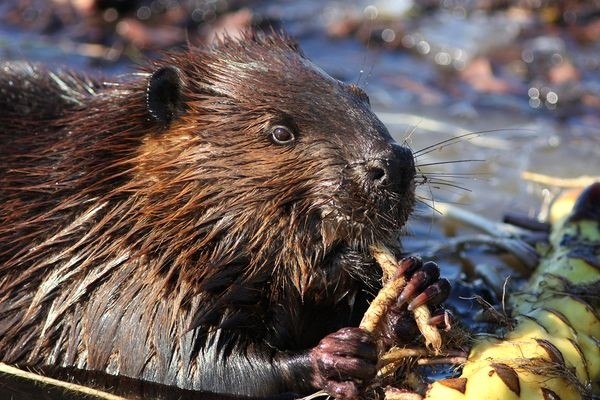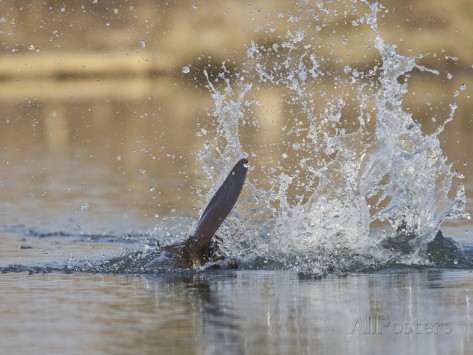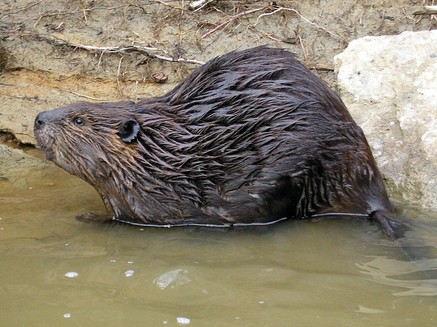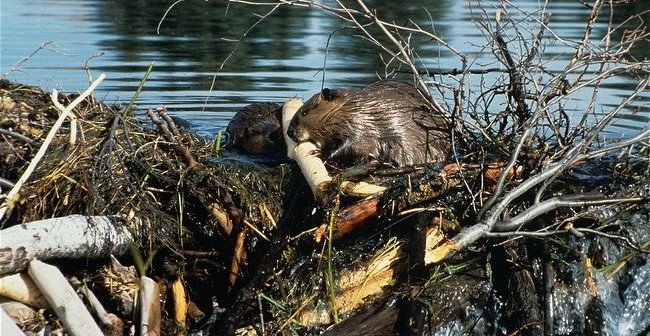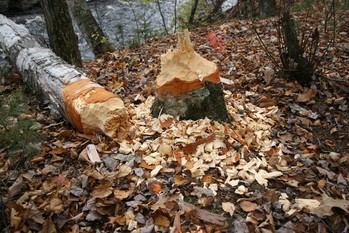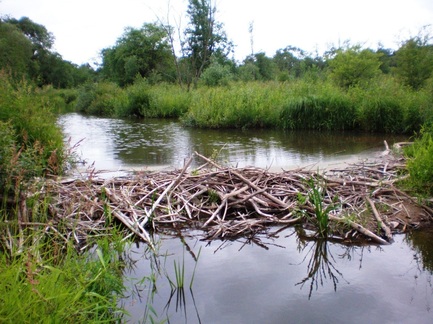Did you know that the beaver was a rodent? In fact, it is North America’s largest rodent species, weighing up to 60 pounds!
Beavers are herbivores
Contrary to what many people believe beavers don’t eat fish and other aquatic organisms. The inner bark, twigs, shoots, and leaves of trees are what beavers love to eat. Trees are also beneficial for the construction of dens and dams.
Contrary to what many people believe beavers don’t eat fish and other aquatic organisms. The inner bark, twigs, shoots, and leaves of trees are what beavers love to eat. Trees are also beneficial for the construction of dens and dams.
Traits
- Nocturnal
- Large flat paddle shape tail – used to signal danger by slapping the surface of the water
- Excellent swimmers – can be submerged up to 15 minutes
- Nostrils and ears seal underwater to prevent water from getting inside
- Eyes are covered by a membrane so they can see underwater
- Front paws are small and have claws, while back paws are large and webbed
- Beavers secrete an oily substance called castoreum, which makes their fur waterproof
Natures Engineers
Beavers are called nature’s engineers because they build their dams and lodges using branches from trees, as well as rocks, grass, and mud.
The purpose of a beaver dam is to create deep water refuge enabling the beaver to escape from predators and to provide easy access to food during winter. Dams modify the surrounding environment and can change the entire ecosystem in an area.
The lodge is where a beaver lives and stays for the winter. Beavers build their lodge behind their dam where the water is deep. By creating deep water with the dam, a beaver’s lodge has a secret underwater entrance making it easier to get in and out. By piling sticks the beavers are able to create a small room above the waterline, this is where their young is born in the spring.
Location |
|
